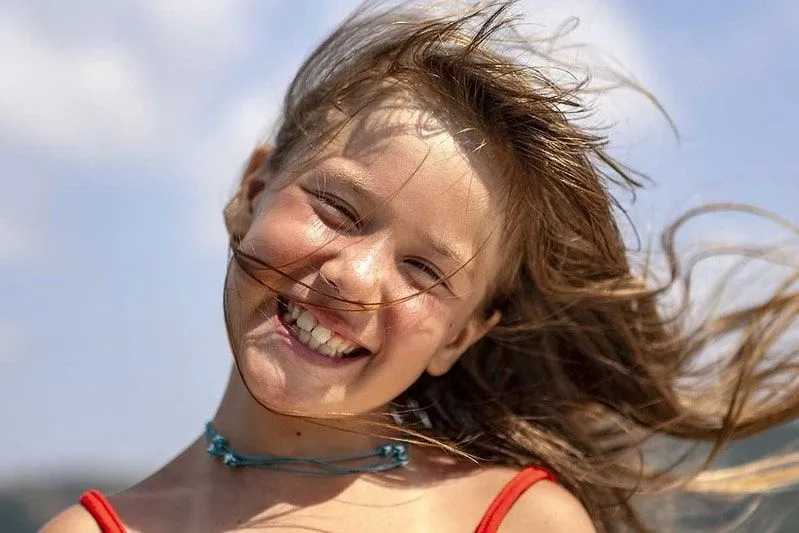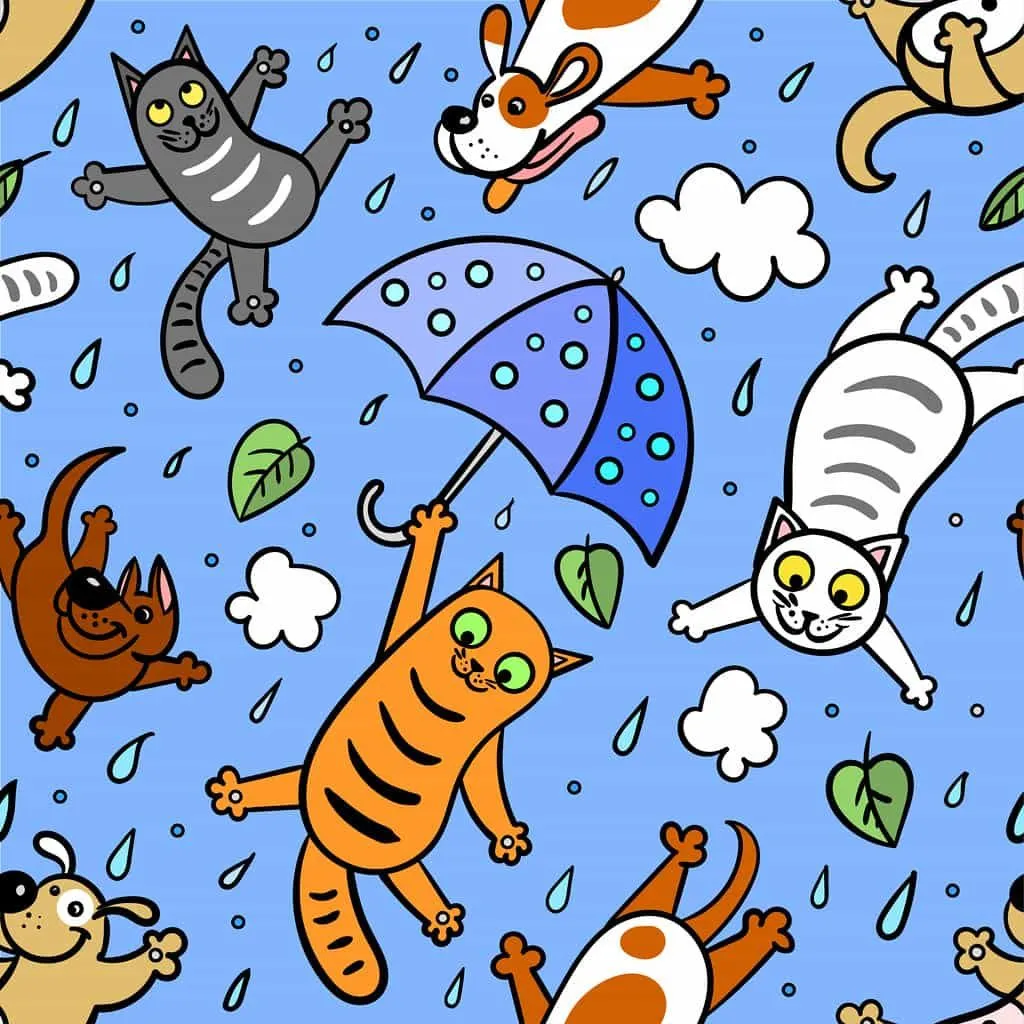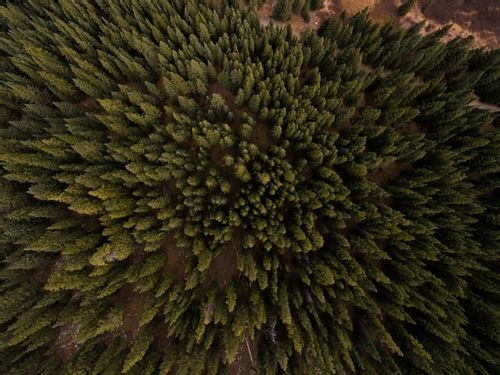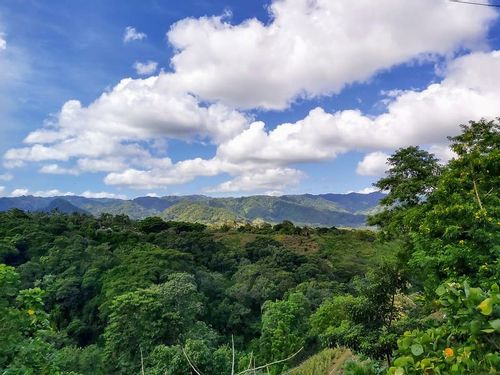FOR ALL AGES
Kids ask a lot of questions. Usually, we know the answers. But every now and then, you’ll be given a bit of a curve ball. Did you ever stop to think where the wind comes from or how wet a cloud would feel? Read on for straightforward answers to tricky weather questions.
See also: Weather learning activities for different age groups.

Putting aside ‘dad jokes’ about baked beans, it can be difficult to explain where wind comes from. The answer hinges on atmospheric pressure, which is an aspect of the weather we can’t easily see or feel. But here’s one way to look at it.
The air above us has weight. This is easy to understand. When you wave your hand about, you can feel the air. You’re pushing it. The air is a thing.
Wind is similarly caused when air moves. But there’s no god-like hand doing the pushing. Rather, it’s a block of air at high pressure moving to fill an area of lower pressure. Gases always do this. Think of the pressurised steam that shoots out of your kettle into the less pressurised air of your kitchen. It never happens the other way round.
Why does the air find itself at different pressures in the first place? This is caused by many factors, but the main one is the Sun. During the daytime, the Sun heats up the ground. This heat is passed on to the air -- you can feel this by placing your hand a centimetre above a patio stone on a hot day. But the effect is uneven. The sun’s rays hit different parts of the Earth at different angles. Fields pass on heat differently to oceans or mountains or concrete. We get a patchwork of different temperatures.
As everyone knows, hot air rises (it’s how a hot-air balloon works). As the warmed air rises, it leaves behind a pocket of low pressure. Surrounding air, which hasn’t been warmed to the same degree, rushes in to equalise the pressure. This we feel as wind.
One of the easiest places to get a feel for all this is at the seaside. We’ve all felt the cooling sea breeze blowing in from the ocean. Land heats up more quickly than sea. This means more hot air rises over the coast than over the waves. This creates the pressure difference. Air from the sea rushes in to fill the lower-pressure zone over the coast. (A reverse effect can happen at night, when the land cools quicker than the sea.)
The picture is more complicated than this, and we haven’t even mentioned weather fronts. But if you just imagine hot air rising, and neighbouring air breezing in to fill the vacancy, then you have an elementary idea of the wind.
We’ve all heard the patter of small ice pellets against the windows, but was it hail or sleet? What’s the difference? In simple terms, hail comes from thunderstorms (usually in the summer), while sleet comes from regular rain clouds on very cold days (usually in the winter).
Hail is formed when newly precipitated raindrops are lifted by an updraft, high into the clouds. Here they form ice crystals, usually around dust particles. This creates a hard pellet, which plummets back down. It may get lifted several more times to form an ever-growing pellet. Once the hailstone is too heavy to remain aloft, it falls to the ground with a thump. Hail varies in size, but even the smallest pellets will make a din on a roof or window. The largest hailstones can reach 6cm in diameter and can cause damage or injury.
Sleet, on the other hand, is a much gentler thing. It forms when snowflakes melt on their way down from the clouds, only to refreeze again when they hit a cool layer of air near the ground. Sleet pellets are usually smaller than hail, and are not associated with thunderstorms.

The phrase “raining cats and dogs” suggests a really heavy rainfall, which you wouldn’t want to go out in. No one knows where the saying comes from, but it’s been in use for at least 350 years and similar idioms can be found all over the world. It’s clearly meant as a figure of speech, but can animals really fall from the sky?
The answer appears to be ‘yes’. Countless examples of small animals falling like rain can be found across cultures and time periods. Small fish, frogs and other aquatic animals are the most commonly reported. How these creatures come to be up in the skies is still unproven. The most likely scenario would have them scooped out of a lake by a water spout, to be dropped several miles away when the swirling column weakens. Cats and dogs would probably be too heavy. Plus, they don’t tend to congregate in large groups, so would never be picked up and ‘precipitated’ en masse. Beware, by the way, of the videos and photos you’ll find online. Many are known to be fakes.

The short answer is “yes, but not very”. Passing through most clouds would be like walking through a fog. If the mist is dense enough, you might feel a little moisture on your skin, but you certainly won’t be soaked. Were you to freefall through a cloud (not recommended, and usually illegal) you’d feel a bit more moisture thanks to your speed. Passing through a rain cloud, where large droplets of water form and then fall, would be a different matter.
This one’s a complete nonsense. Lightning can strike any part of the Earth’s surface, and does so an incredible 50 times every second. If, for some reason, it could never strike the same place twice, then it would have ran out of options many eons ago. Lighting has no memory. It can hit the same location over and over again. It’s easy to prove, too. Just google “Empire State Building lightning strike” and you’ll find dozens of examples of strikes hitting the same tower. Lightning can even hit the same person on more than one occasion. US park ranger Roy Sullivan has been dubbed both the unluckiest and the luckiest person in the world, having survived seven separate strikes.
Incidentally, you know that old trick about counting the seconds between lightning and thunder to work out the storm’s distance? It really works, at least as a rule of thumb. You have to remember, though, to divide by three. So if it takes 9 seconds for the thunder to reach your ears, then the strike was about 3 km away. (Divide by 5 for the distance in miles.) To learn more about lightning and electricity, see our explainer for KS2 kids.
Time to let out some pressure with these 50 weather-themed jokes. Or put yourself above the clouds with tickets to View From The Shard.
Read The Disclaimer
At Kidadl we pride ourselves on offering families original ideas to make the most of time spent together at home or out and about, wherever you are in the world. We strive to recommend the very best things that are suggested by our community and are things we would do ourselves - our aim is to be the trusted friend to parents.
We try our very best, but cannot guarantee perfection. We will always aim to give you accurate information at the date of publication - however, information does change, so it’s important you do your own research, double-check and make the decision that is right for your family.
Kidadl provides inspiration to entertain and educate your children. We recognise that not all activities and ideas are appropriate and suitable for all children and families or in all circumstances. Our recommended activities are based on age but these are a guide. We recommend that these ideas are used as inspiration, that ideas are undertaken with appropriate adult supervision, and that each adult uses their own discretion and knowledge of their children to consider the safety and suitability.
Kidadl cannot accept liability for the execution of these ideas, and parental supervision is advised at all times, as safety is paramount. Anyone using the information provided by Kidadl does so at their own risk and we can not accept liability if things go wrong.
Kidadl is independent and to make our service free to you the reader we are supported by advertising.
We hope you love our recommendations for products and services! What we suggest is selected independently by the Kidadl team. If you purchase using the buy now button we may earn a small commission. This does not influence our choices. Please note: prices are correct and items are available at the time the article was published.
Kidadl has a number of affiliate partners that we work with including Amazon. Please note that Kidadl is a participant in the Amazon Services LLC Associates Program, an affiliate advertising program designed to provide a means for sites to earn advertising fees by advertising and linking to amazon.
We also link to other websites, but are not responsible for their content.
Was this article helpful?



Browse Category



We’ll send you tons of inspiration to help you find a hidden gem in your local area or plan a big day out.



Check your inbox for your latest news from us. You have subscribed to:
Remember that you can always manage your preferences or unsubscribe through the link at the foot of each newsletter.